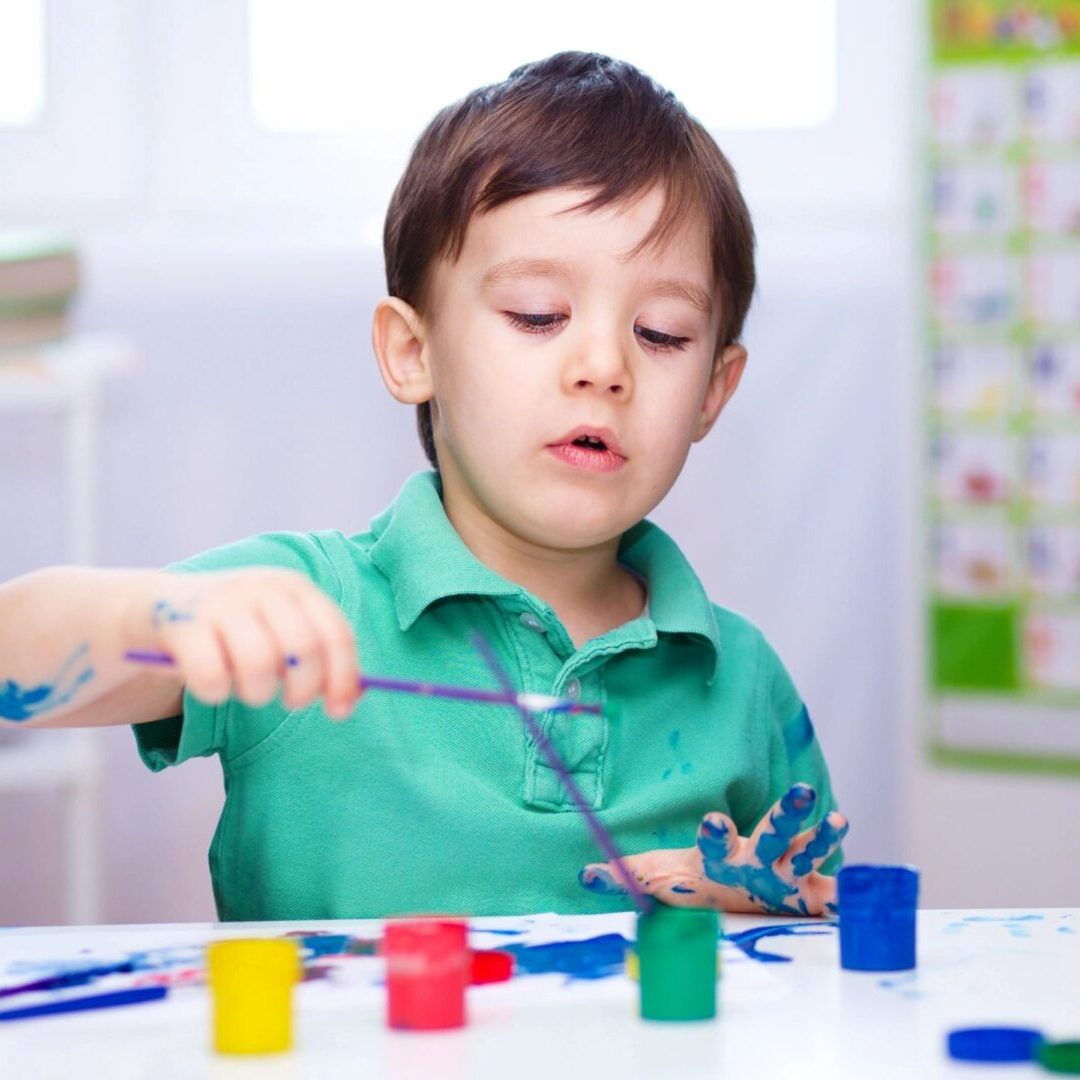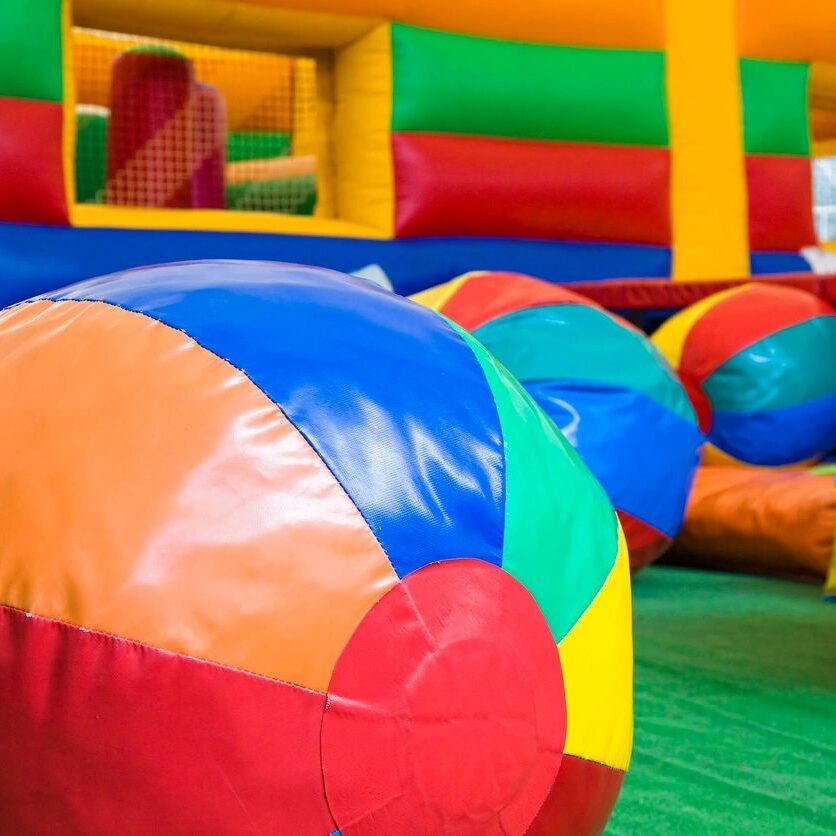What Is Occupational Therapy?

Everyday Occupations
Occupational Therapy is a client-centered treatment approach that helps children develop or improve their engagement in everyday occupations across the lifespan. The term “occupation” refers to an activity that serves a specific purpose in the life of an individual. It varies from person to person and can be anything from an important self-care routine to an essential daily task.
Occupational Therapy intervention focuses on understanding the child’s needs and aims to help them manage their typical daily living tasks, such as getting dressed, motor planning, engaging in peer interactions, working, playing, etc.
Occupational therapists (OT's) have a holistic perspective, in which the focus is on adapting the environment and/or task to fit the person. Occupational therapists work with people of all ages and with various challenges.
Sensory Integration is a treatment approach that aims to enable children to regulate their sensory responses to the environment around them. Every activity we do requires high-tech calibration of our senses. For example, with poor integration of touch and proprioception (the perception of limbs in space), we struggle to identify the correct weight of an object, or the correct amount of pressure needed when completing tasks, such as holding objects, writing, or drawing. Poor sensory integration can have a dramatic effect on a child’s handwriting, ability to button and zip cloths, and/or complete physical activities, such as jumping or skipping.
Sensory Integration therapy utilizes activities to create or reinforce the connections between the body's sensory system (e.g., skin, nerves, and hair) and the brain. Some children do not correctly develop sensory processing or integration through typical development and, therefore, require such therapy to enable them to reach these important developmental stages.
Sensory-seeking Behavior:
- Swinging, spinning
- Jumping, throwing one’s body against other objects/surfaces
- Screaming, shouting, or making lots of noise
Sensory Avoidance:
- Seeking quiet corners
- Resistance to engage in activities that result in a loud noise level
- Finding noisy, bright, or environments that evoke certain scents, overwhelming
- Not having many friends
Other problems include:
- Poor balance
- Motor planning difficulties
- Different response levels to playground activities in comparison to children their age
- Increased independence and self-confidence
- Improved concentration and ability to complete schoolwork
- Develop self-care and daily living skills (e.g., buttoning clothes, using eating utensils appropriately, etc.)
- Improved gross motor and fine motor skills, and enhance eye-hand coordination (e.g., learning to write on a classroom whiteboard, or copy what the teacher writes on the board onto a notebook, grasping and controlling pencil/grip, using scissors, etc.)
- Educating parents, caregivers, and others about the child’s development, learning, and their overall capabilities
- Improved strength, coordination, and organizational skills
- Help improve a child's ability to regulate their senses
- Understand why the child may be acting out or displaying tantrums frequently
- Improved sensory processing and integration resulting in improved functional task ability
- Improved balance and motor skills
- Improved social skills


